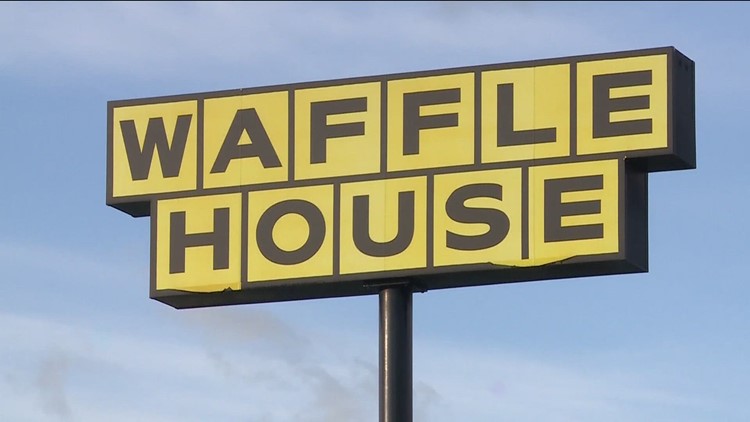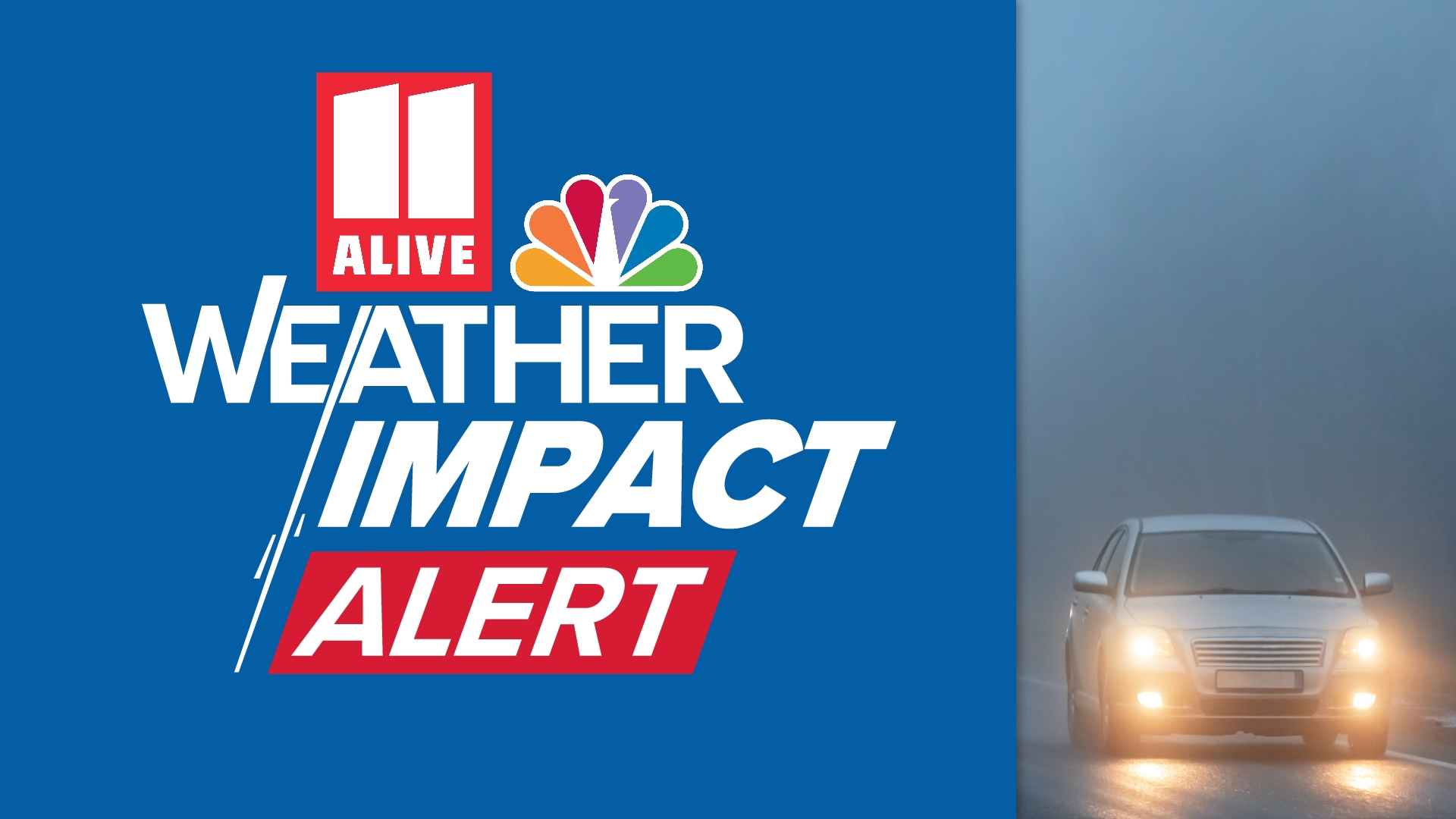ATLANTA — As Hurricane Helene approaches Georgia, many are keeping a close eye on a unique but surprisingly accurate disaster gauge: the Waffle House Index.
Known for staying open 24 hours a day, 365 days a year—even during extreme weather—the beloved Atlanta-based restaurant chain has become an unofficial gauge for how well an area is faring during a disaster.
With Hurricane Helene expected to bring widespread impact across Georgia, locals may soon be checking their nearest Waffle House for a sense of how their area is holding up.
Well, if your Waffle House is still serving waffles, things may not be so bad after all. But if it’s closed - buckle up, it’s time to hunker down.
According to Waffle House’s website, there are three color-coded levels of the index:
- Green means the restaurant has a full menu, a signal that damage in an area is limited, and the lights are on.
- Yellow indicates a limited menu, indicating that power is running from a generator at best and that food supplies are low.
- Red means the restaurant is closed, indicating severe damage in the area or unsafe conditions.
According to FEMA, "The index itself isn’t just about whether or not you can get pralines on your waffles or if you can get waffles at all, but rather about the damage in a neighborhood. If a Waffle House can serve a full menu, they’ve likely got power (or are running on a generator). A limited menu means an area may not have running water or electricity, but there’s gas for the stove to make bacon, eggs, and coffee."
There are reports of several Waffle House locations in Florida and Georgia closing their doors ahead of Hurricane Helene.
Where did the Waffle House Index come from?
After Hurricane Katrina devastated New Orleans and the surrounding area in 2005, Waffle House moved quickly to bolster its post-disaster plans. Its hurricane playbook explains how to reopen a restaurant and what to serve if there is gas but no electricity or a generator but no ice. Limiting the menu helps the company’s suppliers focus on keeping certain items stocked and chilled or frozen, depending on the conditions in the area.
In 2011, the plan was put to the test. The company started tracking Hurricane Irene 10 days before it made landfall to make sure it had supplies in place ahead of the storm. One Waffle House that was forced to close after the power went out and it got too dark for cooks to see reopened the following day. According to the website:
"It reopened the next day at dawn. The overhead lights and walk-in freezer weren’t working, but the gas grill was. The cooks boiled water on the grill, then poured it through the coffee machine, over beans ground before the power went out. The district manager, Chris Barnes, handed employees copies of an emergency grill-only menu. The fare included ham-and-egg sandwiches for $3.15 and quarter-pound hamburgers for $2.70. Servers nudged customers to order sausage instead of bacon, because four sausage patties fit on the grill for every two slices of bacon.
"By 9 a.m., cars were lining up to get into the parking lot. At 10 a.m., the power came back on, the ceramic waffle irons were plugged in and waffles were added to the menu."



